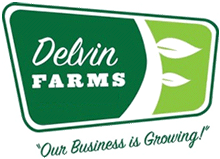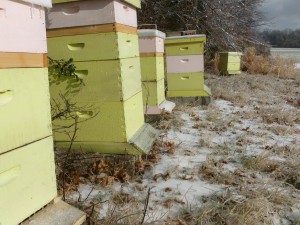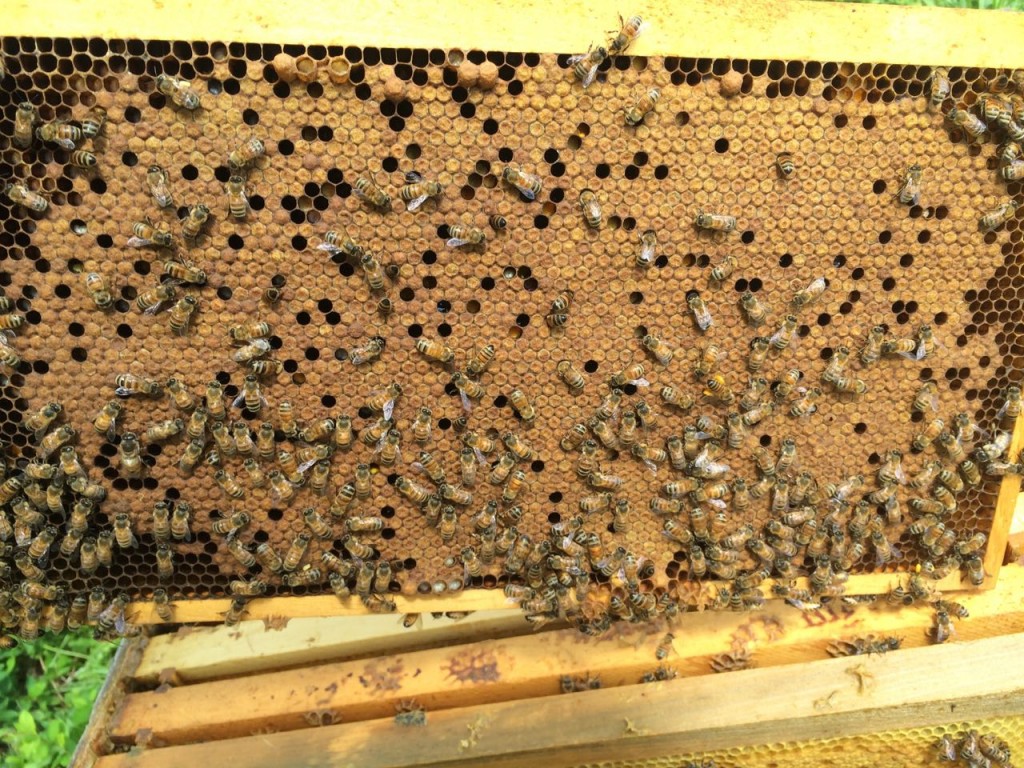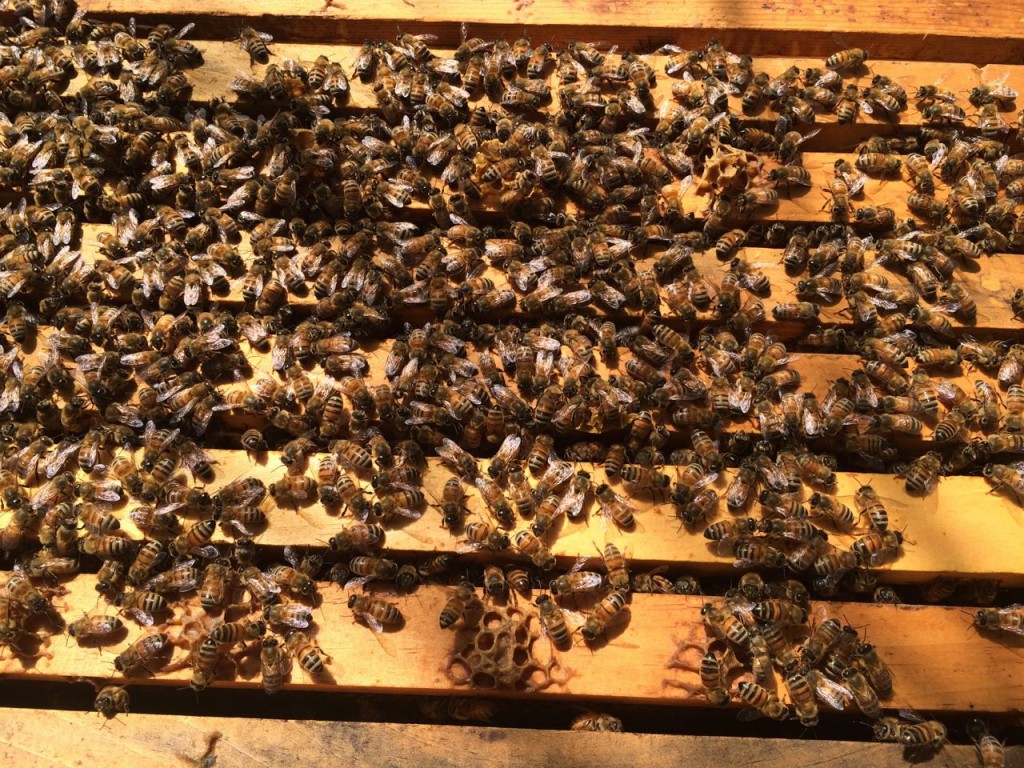Summer time is here. Last week it rained while it was also sunny, creating a heavenly smell with humidity touching every pore. I love summer & the fresh produce it brings to the farmer’s market from Delvin Farms. Summer to me means fries and cookouts and veggie burgers and grilled eggplant. Potatoes are one of my favorite foods and in addition to roasting or baking them, I thought it would be fun to see if I could tackle the ole’ fashioned FRY in honor of summer! Sweet potato fries come to life in the sauce they are dipped in. Because I couldn’t pick between a basic garlic aioli sauce or a honey mustard sauce, I decided to make both.
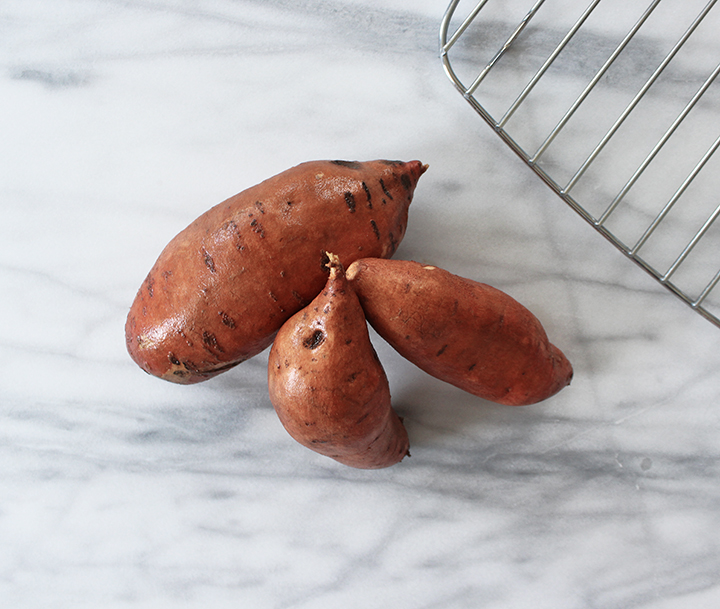
The garlic aioli won my vote while the honey mustard won my husbands. The next time you make sweet potato fries, serve with a variety of dipping sauces. Why not?!
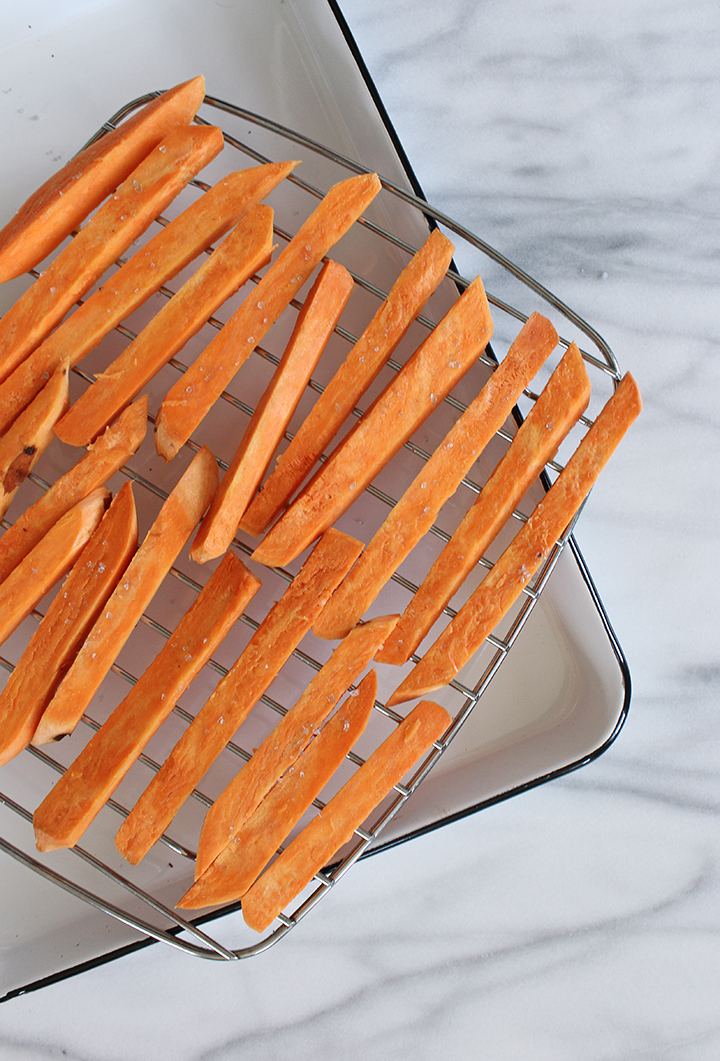
SWEET POTATO FRIES:
+ Sweet potatoes, peeled and cut into long rectangles or wedges
+ Coconut oil
+ Black truffle sea salt
—Preheat the oven to 425. Peel and cut the potatoes into long rectangles or wedges. Coat in warmed coconut oil (coconut oil is a solid until it is warm). Season with black truffle sea salt and place directly on a baking rack. Bake for about 20-25 minutes, turning over the potatoes mid way through so they can get crispy on both sides.
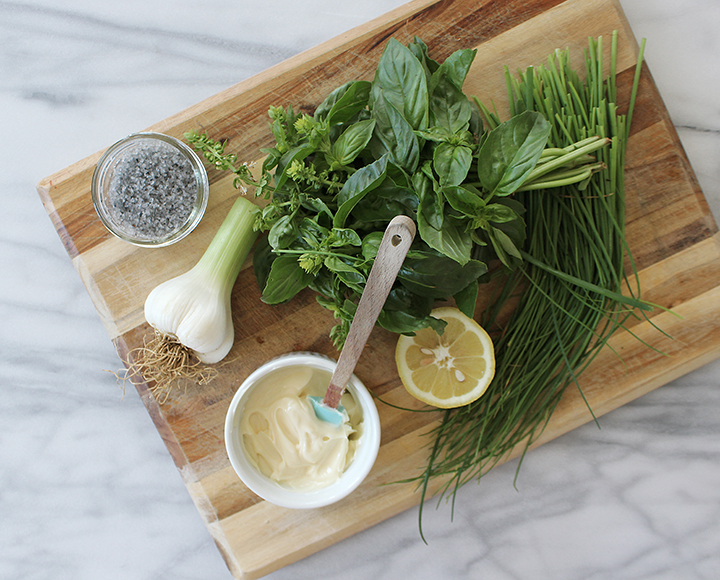
GARLIC AIOLI CHIVE Sauce:
+ 4 to 6 garlic cloves, coarsely chopped. (Shown here are green garlic cloves from the Franklin Farmer’s Market)
+ salt & pepper
+ lemon juice
+ 1 cup mayonnaise
—Pound garlic cloves with salt and pepper until a smooth paste forms. Stir it into the mayonnaise and add fresh squeezed lemon juice to taste. Garnish with fresh chives, salt and pepper.
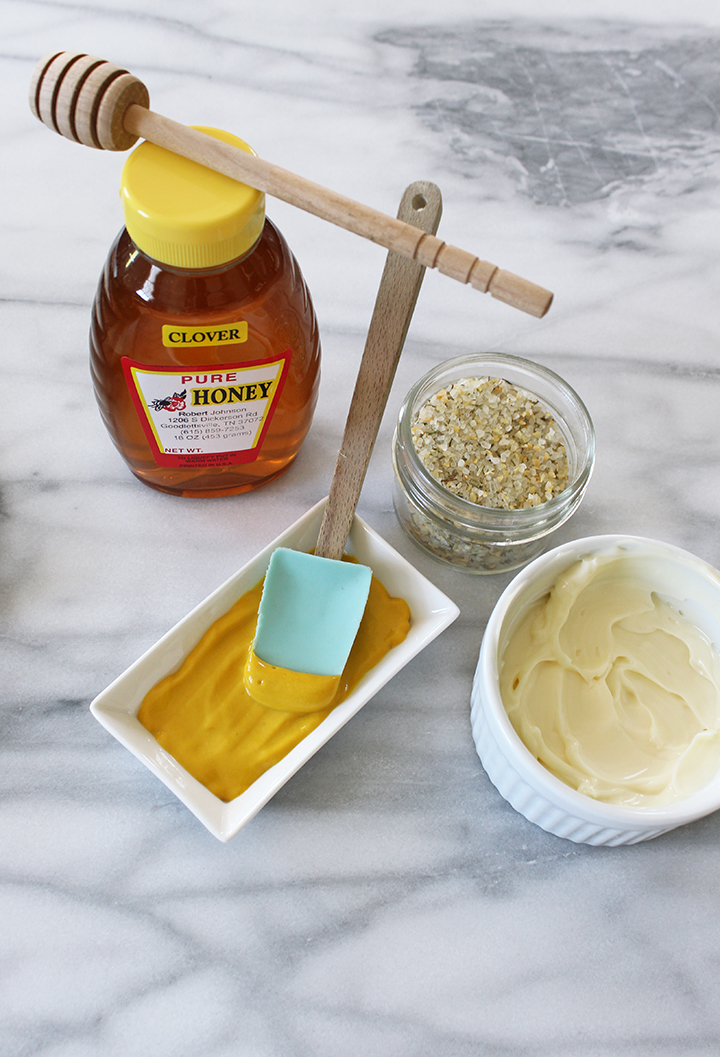
LOCAL HONEY MUSTARD Sauce:
—Whisk the following ingredients together and garnish with fresh basil leaves:
+ 1/2 cup organic mayonnaise
+ 1/4 cup mustard
+ 2 tbs local clover honey

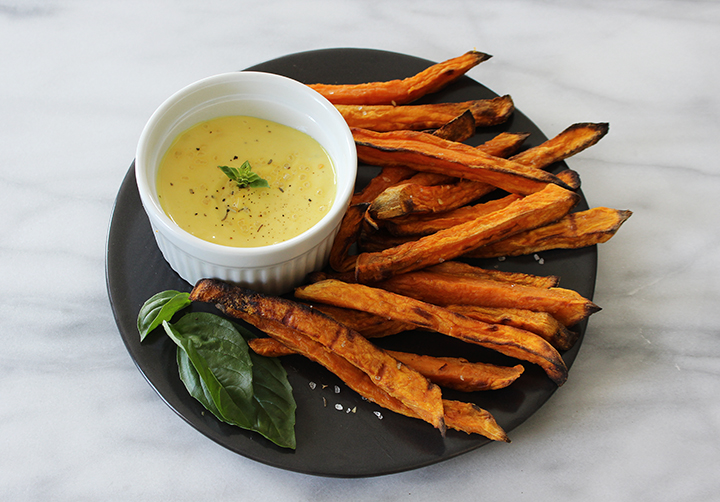
— Amanda Barnhart is an art director, food enthusiast, and cat lover. She curates & photographs new recipes weekly on her vegetarian food blog, PlatedColor.com. You can see more photos and read about this recipe there.
